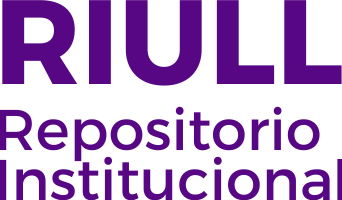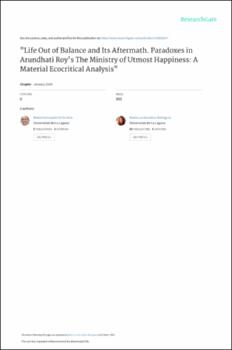Life out of Balance and Its Aftermath. Paradoxes in Arundhati Roy's The Ministry of Utmost Happiness: A Material Ecocritical Analysis.
Date
2019Abstract
Roy's concern with environmentalism in this work is made evident from the very beginning. The novel opens with a preface which makes direct reference to the disappareance, owing to diclofenac poisoning, of vultures and sparrows in New Delhi. This substance, given to cattle as a muscle relaxant to increase milk production, works as "nerve gas" (Roy 2017) on these birds which "for more than a hundred million years (ibid.) have fed on the carcasses of dead cows or buffaloes. In a good example of what material ecocriticism terms "trans-corporeality" (Alaimo 2008: 238), Roy expounds the relationship between the increase in dairy product consumption and the diminishing of the birds population. In this way, the author introduces what will be some important leitmotifs in the novel, namely, how to understand the innumerable chains of causes and effects which regulate human existence, how to establish who are responsible for them, and how to live or survive in their aftermath. Yet the text does not stop at the mere denunciation of ecological crime. Roy's sharp eye is intent on disclosing the economic, religious or political actualities leading to the unbalanced universe depicted in the novel. Through a material ecocritical approach, this paper intends to analyse Roy's deployment of these vectors as spider-like networks that corrupt the soil and the soul, provoking not only displacement and dispossession but also terrible ecological damage.





